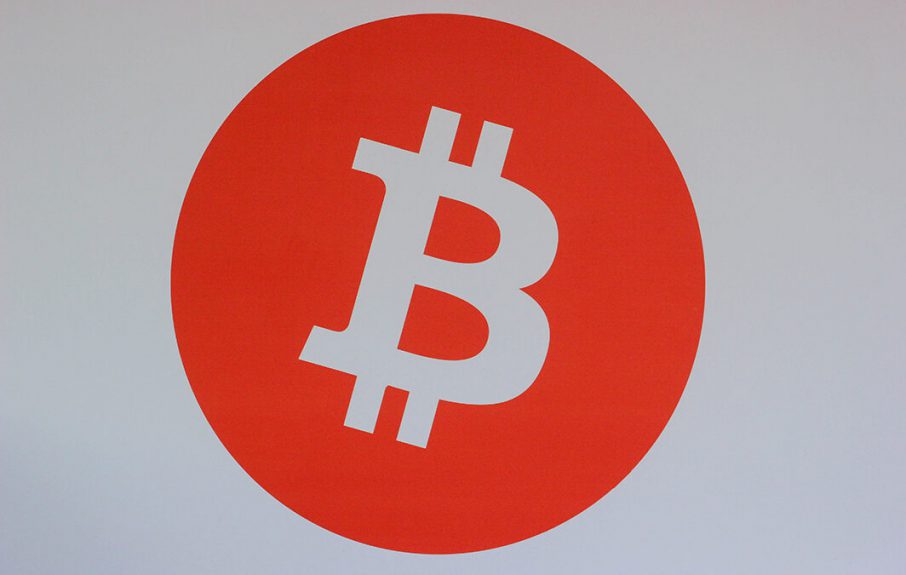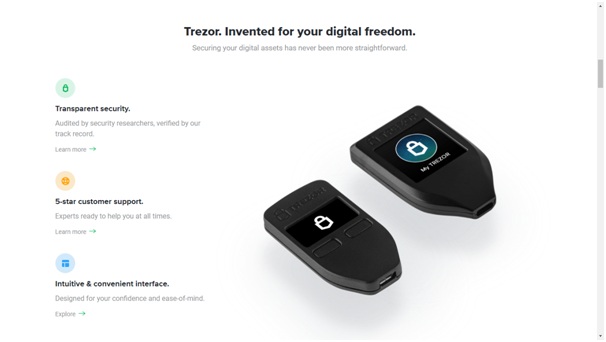
If you’re just starting to get into the world of cryptocurrencies, you’ve probably realised that it’s not as straightforward as most people make it out to be!
The extra difficulties in crypto usually come from one of two main points:
First of all, crypto is a new field that operates outside of traditional systems – the infrastructure built around it is new, and works differently to what existed before it.
Secondly, in order to things correctly you need to take on full custody of your crypto assets! Crypto requires a lot more responsibility than other assets.
Unlike the processes behind traditional financial assets, you generally don’t want a broker or third party taking care of the purchase and storage processes for you in crypto. This can lead to others having access to your assets, which almost defeats the purpose.
In cryptocurrency, the aim is to be your own bank.
This leads to having to learn how to do most things yourself; understanding new concepts, using new platforms and exchanges, and using new methods and devices for self-storage.
Here are 5 important steps you’ll have to go through, to successfully purchase a cryptocurrency and store it as a long-term investment:
Unfortunately, investing in crypto isn’t as easy as calling up your broker or accountant and saying – “Hey, I want to buy some Bitcoin, some Ripple, some Ethereum and all these other cryptocurrencies!” – if they were capable of this, I’d be very impressed!

The more likely scenario is that you’re going to have to do it yourself, on new and unfamiliar exchanges. This includes exchanges like Coinspot that allow you to buy Bitcoin with your fiat currency (Australian dollars, for example).
Bitcoin cannot be seized.
As long as you have your private keys or seed phrase, you have access to your coins. They’ll remain on the blockchain, forever.
Let’s not forget that cryptocurrencies don’t work exactly like stocks.
Cryptocurrencies can be a bit of a strange concept. Rather than holding the asset itself, you’re really holding the “keys” – or the rights – to transfer a certain amount of value within the cryptocurrency ledger.
Unlike other assets, once a cryptocurrency has been transferred it is all but impossible to reverse. This means that it’s important that you have total control over your crypto – because once it’s gone, it’s gone.
If you buy cryptocurrency on an exchange and keep it within the exchange’s own wallet, you might as well consider that you don’t own that crypto – the exchange does.
You only truly own your crypto when you transfer it to a personal wallet, which you have complete control over.
More often than not, the real growth potential in cryptocurrency investment comes in the form of lesser-known coins, which aren’t yet available on the major exchanges.
If you want to buy more cryptocurrencies other than Bitcoin, you will generally have to get registered with more unfamiliar crypto-to-crypto exchanges, such as Binance.

These typically don’t support fiat currency trading, which means you’ll still need to use services like Coinspot to get your “regular” money into crypto beforehand.
Unfortunately, the journey isn’t just over once you buy your cryptocurrency!
After you’ve purchased your cryptocurrencies of choice, you’ll still need to get familiar with unfamiliar storage devices to keep them safe in the long-run.
Hardware wallets like the Trezor and Ledger are necessary to keep your private keys (your ownership) of these assets offline, so that they can’t be stolen or compromised via the internet.

The moment you own Bitcoin and other cryptocurrencies, you’re technically becoming “your own bank”. This means that YOU are in charge of how you store your assets.
If you lose them, nobody will be able to recover them for you – unlike easily reversible bank transactions.
This means you’ll want to choose the most secure (but simple-to-use) methods to store your cryptocurrency keys correctly. Trezor and Ledger wallets are the some of the best ways to accomplish this.
In order to monitor your portfolio effectively, you’ll most likely want a crypto-specific portfolio tracking tool, such as Blockfolio or Cointracking.

Although it may be a pain to manage your crypto portfolio with a separate app, these portfolio tools are one of a few which allow you to track the value of almost any cryptocurrency asset. They also include the ability to log your purchases, sells and profits on each coin or token.
In summary, buying and owning cryptocurrency forces you to become organised in managing all your own affairs – something that can be a more cumbersome process than you’d expect.
This is a stark contrast to traditional assets, which quite often have institutions and services to do all the difficult work for you.
If you want more tips on how to properly manage and store your Cryptos, we have a free guide available here.

You may have heard the term Web3 being thrown about lately and wondered ‘what is it?’ And even more importantly,…

Unpopular opinion time! It’s no secret we’ve been in a bear market for a while. But I happen to believe…

Today I want to look at the bigger picture of technology in our everyday lives, and how the world is…
Register for the FREE 90 minute
Crypto Training